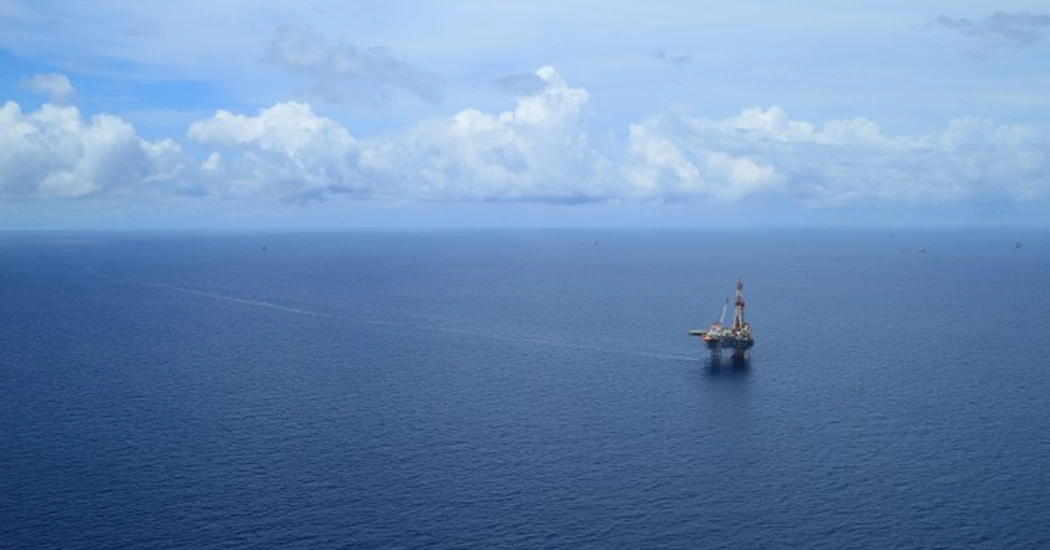Wintershall Dea and partners submit development plan for Zama field
Germany’s Wintershall Dea, Pemex (operator), Talos Energy and Harbour Energy have jointly agreed on a Unit Development Plan (UDP) for the Zama field in the Gulf of Mexico.
The plan has been submitted to the National Hydrocarbon Commission CNH (Comisión Nacional de Hidrocarburos) for review and approval. The consortium agreed on the formation of an Integrated Project Team (IPT), in order to pool the talents and competencies of all companies participating in the development of the oil field.
"The timely agreement on a tailor-made development concept is a great success for our international partnership in Zama,” said Thilo Wieland, Wintershall Dea's responsible board member for Latin America. “We are thus on course to achieve our goal of developing the Zama field in the most efficient timeline and in the best possible technical way. Zama is a major project for Mexico and at the same time plays a key role in our global portfolio," Wieland underlined.
Zama is one of the world’s biggest shallow-water discoveries in the past 20 years and was the first discovery made by an international consortium in Mexico, in 2017. With its estimated gross recoverable resources of 600 to 800 million barrels of oil equivalent, Zama is expected to contribute significantly to Mexico's energy supply over the next 25 years. The field is expected to produce up to 180,000 barrels of oil per day at peak, which represents about 10% of the current overall oil production in Mexico.
"The establishment of the Integrated Project Team brings many advantages to this comprehensive world-class development project," emphasised Hugo Dijkgraaf, Chief Technology Officer of Wintershall Dea. "It enables the targeted mobilisation of specific competencies from all participating companies, including from Wintershall Dea. I am convinced this will have a significant impact on the quality of the project and the efficiency of its execution. I wish the entire Zama team a successful start into this important project phase", says Dijkgraaf.
Wintershall Dea, together with operator Pemex, Talos Energy and Harbour Energy, will co-lead different work groups within the IPT. In particular, Wintershall Dea will co-lead the Project Management Office, as well as the work groups for Finance, Supply Chain, and Subsurface Characterization. Furthermore, Wintershall Dea will co-lead the engineering and execution of the work, related to the Onshore facilities.
Martin Jungbluth, Managing Director of Wintershall Dea in Mexico, added: "We look forward to bringing Wintershall Dea's international experience and the knowledge of our G&G experts, engineers and project managers to the Zama project. Wintershall Dea is committed to deliver the agreed Zama development concept and to bring the field into production as quickly as possible and in a safe and efficient manner.”
The agreed UDP envisages the installation of two offshore platforms and the drilling of 46 wells. The production is then to be transported to shore via two 68-kilometre pipelines, where it will be processed in new facilities, fully dedicated to the Zama project, located in the Dos Bocas Maritime Terminal, in Paraiso, Tabasco. The UDP minimizes greenhouse gas intensity by using best available technology, produced gas for onshore power generation, as well as best use of existing storage and transport infrastructure.
A final investment decision (FID) is targeted in the next year after the front end engineering design (FEED) studies have been finalized, when cost and schedule risks have been mitigated to the appropriate level, and with the major contracts ready to be awarded.
Wintershall Dea is the second largest shareholder in the Zama field after operator Pemex and holds, according to the Unitisation Resolution from March 2022, an initial participation of 19.83%, while Pemex holds 50.43%, Talos Energy 17.35% and Harbour Energy 12.39%.





